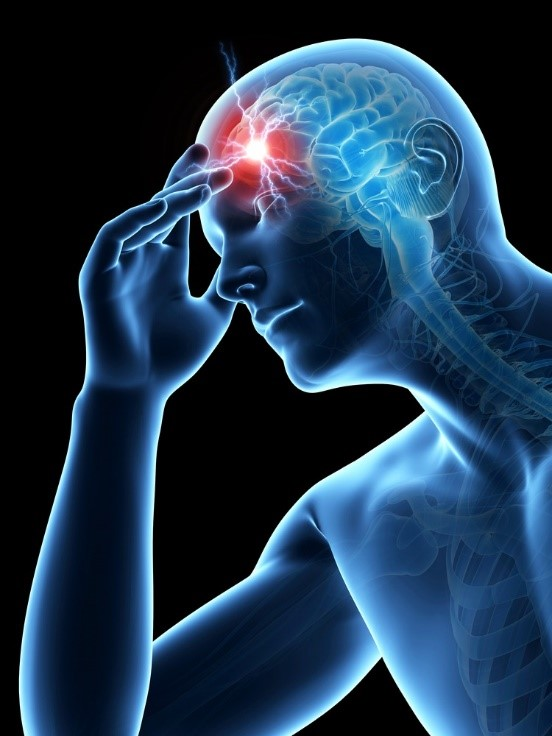Acupuncture and amblyopia
"A more effective and convenient alternative treatment for anisometropic amblyopia is required, especially for older children," write Jianhao Zhao, MD, from Joint Shantou International Eye Center of Shantou University and Chinese University of Hong Kong in Shantou, China, and colleagues.
"Acupuncture...has been used for treating ophthalmic disorders such as dry eye, myopia, and amblyopia. In recent years, the use of functional magnetic resonance imaging has demonstrated a correlation between vision-related acupoint stimulation and visual cortical activation, suggesting a possible basis for the use of acupuncture in treating amblyopia."
The study goal was to compare the efficacy of daily patching for 2 hours with that of acupuncture in treating anisometropic amblyopia. Participants were 88 children, aged 7 to 12 years, with an amblyopic eye, who had worn optimal eyeglasses for at least 16 weeks and had achieved a best spectacle-corrected visual acuity (BSCVA) of 0.3 to 0.8 logMAR at baseline. Children were randomly assigned to receive patching of the nonamblyopic eye for 2 hours daily or 5 sessions of acupuncture weekly. In addition, all participants received constant optical correction, 1 hour of near-vision activities daily, and follow-up at weeks 5, 10, 15, and 25. The primary study endpoint was BSCVA in the amblyopic eye at 15 weeks.
In the patching group, mean BSCVA of the amblyopic eye improved by 1.83 lines from baseline to 15 weeks compared with 2.27 lines in the acupuncture group. These improvements met the definition of equivalence (difference within 1 line) after baseline adjustment, with mean between-group difference in BSCVA of 0.049 logMAR (95% confidence interval, .005 - .092; P = .03).
Improvement in BSCVA by 2 lines or more occurred in 28 eyes (66.7%) in the patching group and in 31 eyes (75.6%) in the acupuncture group, and resolution of amblyopia occurred in 7 (16.7%) and 17 (41.5%) eyes, respectively. Tolerability and compliance were good for both treatments, with no serious adverse effects in either group.
"Acupuncture produced equivalent treatment effect for anisometropic amblyopia, compared with patching, and was statistically superior," the study authors write. "Further studies are warranted to investigate its value in the treatment of amblyopia."
Limitations of this study include the possibility that some of the observed treatment effect may have resulted from continued optical correction, and the inability to compare different durations of patching or use of different acupoints.
"Although the treatment effect of acupuncture appears promising, the mechanism underlying its success as a treatment for amblyopia remains unclear," the study authors conclude. "Acupuncture at vision-related acupoints may modulate the activity of the visual cortex. Moreover, acupuncture has been shown to be effective in increasing blood flow to the cerebral and ocular vasculatures (including the choroid), stimulating the expression of retinal nerve growth factors and leading to metabolic changes in the central nervous system."
Archives of Ophthalmology




Comments
Post a Comment